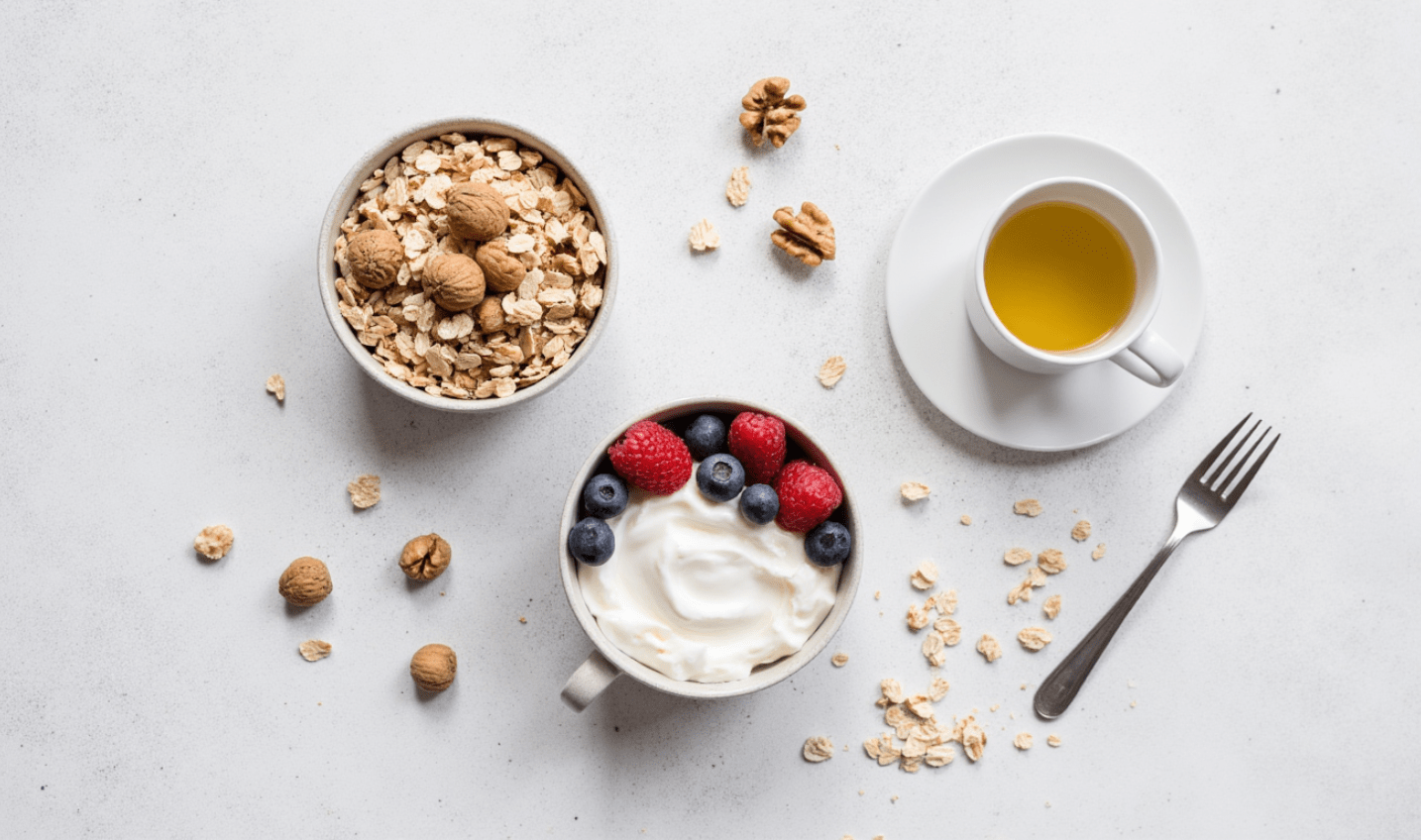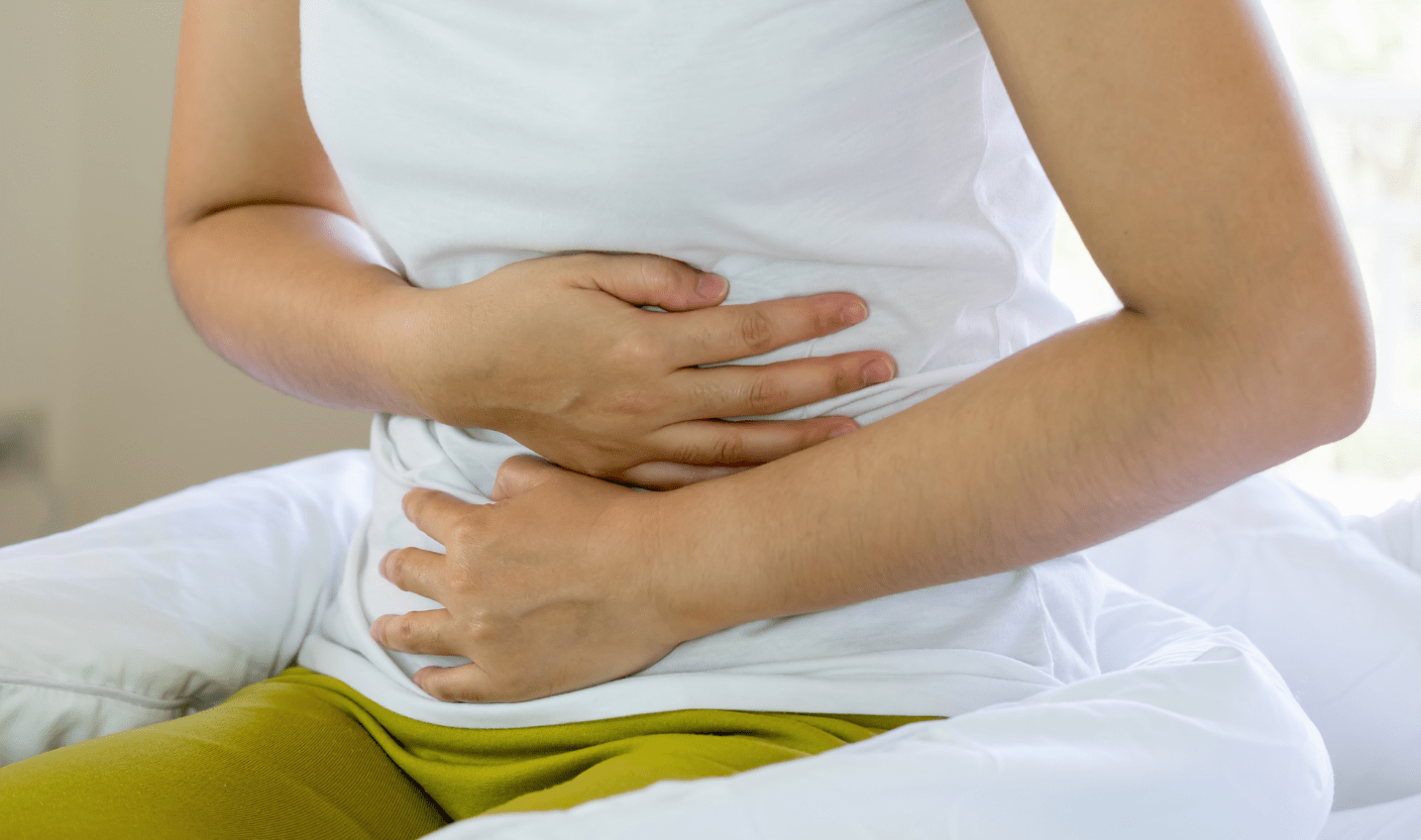Subtotal ₹0.00
Gut-Liver Connection: Why Fatty Liver Recovery Starts in Your Microbiome
Many patients assume fatty liver is only about sugar, alcohol, or weight. I understand why; those factors matter. However, your gut often decides how your liver heals day to day. The intestines host trillions of microbes that talk to the liver through the portal vein. When that conversation is calm, the liver processes nutrients, detoxifies efficiently, and stores fat appropriately. When the gut is inflamed or leaky, the liver receives distress signals and starts stockpiling fat while inflammation rises. As a result, symptoms like bloating, poor energy, and stubborn lab numbers can persist even when calories go down.
In this series, I’ll explain the gut–liver axis in plain language and show how small, consistent habits help the liver recover. We will separate hype from evidence, then turn the science into daily routines that support your microbiome without rigid rules. My goal is simple: help you repair the signaling between gut and liver so your labs, comfort, and energy improve together.
The science in simple words
Think of your gut lining as airport security. A healthy barrier allows nutrients through and keeps troublemakers out. When stress, poor sleep, low fiber, or infections weaken that barrier, fragments of bacteria—especially lipopolysaccharides—slip into the bloodstream and reach the liver first. This triggers immune pathways that promote fat storage and inflammation. Meanwhile, helpful gut microbes ferment fiber into short-chain fatty acids that support the barrier, calm the immune system, and improve how the liver handles fat. Reviews over the past two years summarize how barrier integrity, inflammatory signals, and microbial metabolites together drive liver health in an updated overview of the gut–liver axis and in a 2024 synthesis on microbiota and liver disease.
Because this is a two-way street, changes in the liver also alter the gut. Bile acids, for example, shape which microbes thrive. When metabolism shifts toward insulin resistance, the microbiome profile often shifts as well. Consequently, improving the diversity and function of gut microbes can reduce inflammatory signaling to the liver. Recent summaries outline how short-chain fatty acids, bile acid signaling, and immune crosstalk influence fat accumulation in the liver and the progression from simple fat to inflammation and fibrosis in a 2024 review of NAFLD/MASLD and in an updated review on chronic liver diseases.
What the new research shows
Over the last few years, clinical studies have tested whether improving the microbiome can move liver numbers in the right direction. Results are encouraging. Across multiple trials, combinations of specific bacteria and prebiotic fibers have reduced liver enzymes and improved steatosis markers in people with fatty liver. You can see this pattern in a 2023 synthesis reporting better alanine aminotransferase (ALT), aspartate aminotransferase (AST), and stiffness metrics with synbiotic therapy in a pooled analysis of interventional studies and in a broader 2024 meta-analysis noting improvements in enzymes, lipids, and inflammatory cytokines with microbiota-based approaches in a review of microbiota therapies.
Individual trials mirror these summaries. In a randomized clinical study of steatohepatitis, a 24-week targeted probiotic protocol improved liver function markers and metabolic parameters compared with control in a 2024 intervention. Separate analyses suggest that pairing structured exercise with probiotic support yields larger gains than exercise alone for enzymes and insulin resistance in a 2024 systematic review. Meanwhile, emerging work highlights microbes such as Akkermansia muciniphila and certain Bifidobacterium strains for barrier support and metabolic signaling, with early translational evidence linking their presence to better metabolic outcomes in a 2024 appraisal of Akkermansia.
Not every study shows dramatic changes in fat fraction or fibrosis over short timelines, which is expected. The liver responds over months, and the best results usually occur when diet quality, movement, sleep, and microbiome support improve together. Even so, short-term trials still report meaningful enzyme reductions and better inflammatory profiles in a 2024 clinical trial and in a 2024 meta-analysis of synbiotics. For you, this means the gut is not a side story; it is often the first lever to move when the goal is real fatty liver recovery.
What this means in real life
When I meet patients who struggle with bloating, fatigue, or unexplained liver enzyme elevations, one common pattern stands out: the gut symptoms came first. Years of irregular meals, low-fiber diets, or frequent antibiotic courses gradually weakened their gut ecosystem. Once that happened, inflammation reached the liver, setting the stage for fatty changes. It is not only about weight—people with a healthy body mass index (BMI) can also show fatty liver if their gut ecosystem is imbalanced.
A patient I recently counseled is a good example. His alanine aminotransferase (ALT) was 82 units per liter, and he had mild abdominal discomfort despite eating “healthy.” Rather than a restrictive detox, we focused on his meal rhythm, hydration, and fiber sources. He added a morning oatmeal with berries, introduced fermented vegetables at lunch, and swapped evening processed snacks for yogurt with chia. In four months, his ALT dropped to 35 and his energy improved. This is typical of what happens when the gut–liver conversation is restored: inflammation calms, digestion normalizes, and energy returns.
Practical application
Let us make this evidence actionable. You do not need exotic supplements; everyday foods can nurture your microbiome and reduce hepatic stress. The goal is to feed microbes that produce short-chain fatty acids, regulate blood sugar, and reduce fat deposition in the liver. Below is a simple reference table summarizing what works well.

| Food Category | Gut-Friendly Example | Liver Benefit |
|---|---|---|
| High-fiber grains | Oats, barley, quinoa | Promote satiety and reduce LDL cholesterol |
| Fermented foods | Kefir, yogurt, kimchi, sauerkraut | Improve microbial diversity and barrier strength |
| Plant proteins | Beans, lentils, tofu | Provide prebiotic fibers and stable energy |
| Polyphenol-rich foods | Berries, green tea, olive oil | Support antioxidant capacity and reduce liver fat |
| Healthy fats | Walnuts, flaxseed, omega-3 fish | Lower inflammation and support bile flow |
Simple gut–liver routine
- Start your day with 25–30 grams of fiber from oats, fruits, or chia seeds.
- Include one fermented food at lunch or dinner for microbial diversity.
- Keep hydration above 2 liters per day to maintain bile flow.
- Finish your last meal 2–3 hours before sleep to aid digestion.
- Walk 20–30 minutes daily—movement benefits both gut motility and liver glucose handling.
These habits look simple, yet they outperform short-term cleanses. Your microbes love consistency. Every 24 hours you repeat these patterns, they adjust gene expression to favor balance rather than inflammation. Over time, this helps normalize triglycerides, reduce fat storage, and improve liver enzyme patterns.
Special considerations
Different groups need tailored strategies. In older adults, microbial turnover is slower and constipation more common, so fiber must increase gradually—perhaps five grams per week—to avoid bloating. Women with polycystic ovary syndrome (PCOS) often face insulin resistance that worsens fatty liver. Here, pairing protein-rich breakfasts with probiotic foods can improve both glucose control and gut composition. People with diabetes benefit from adding resistant starch, such as slightly cooled potatoes or green bananas, which blunt blood sugar spikes and provide microbial fuel.
If you are recovering from antibiotics, start with half servings of fermented foods for the first week, then expand. Those following very low-carbohydrate or high-fat regimens should ensure they still include non-starchy vegetables and soluble fiber sources to maintain microbial diversity. Balance, not elimination, is the long-term solution.
Common pitfalls and how to fix them
Many people begin improving their gut–liver health with good intentions but hit a few predictable roadblocks. The first is over-relying on probiotic supplements. Capsules can help, but they are not magic; a diverse diet still matters more. Too many probiotics without fiber often cause bloating because bacteria need substrate balance. Add soluble fibers—oats, apples, psyllium—before increasing doses.
Another common issue is ignoring stress and sleep. Cortisol spikes alter microbial composition within days. Patients who fix meal timing but continue sleeping less than six hours often see only partial improvement in liver enzymes. Simple stress-regulation practices—mindful breathing, evening walks, or short meditation—benefit the gut as much as the mind. Finally, people sometimes cut all fats to “protect” the liver, but the absence of healthy fats like omega-3 slows bile flow and worsens inflammation. A balanced plate with moderate fat intake is far safer and more sustainable.
Key take-home points
- Feed your microbes fiber, not just calories—diversity drives resilience.
- Diverse diet equals a diverse gut, which supports a calmer liver.
- Probiotics help only when paired with natural prebiotic foods.
- Consistency beats any short “detox.” The liver recovers gradually.
- Improving sleep, stress balance, and hydration multiplies dietary benefits.
Your next gentle step
If you are living with early fatty liver or chronic bloating, the best next step is not another restrictive plan—it is understanding your own gut rhythm. We can assess your food tolerance, microbiome patterns, and metabolic profile together. With a structured plan, improvement often begins within weeks, not months.
Gentle next step: If you are ready to feel lighter, clearer, and more in control,
start with a short consult or explore my books written for everyday readers.
Book a consultation
or
visit my Amazon Author Page.
Note: This article is for general information and should not replace individualized medical advice.
For urgent concerns, please contact your local healthcare provider or book a private online consultation with Dr. Pankaj Kumar.





